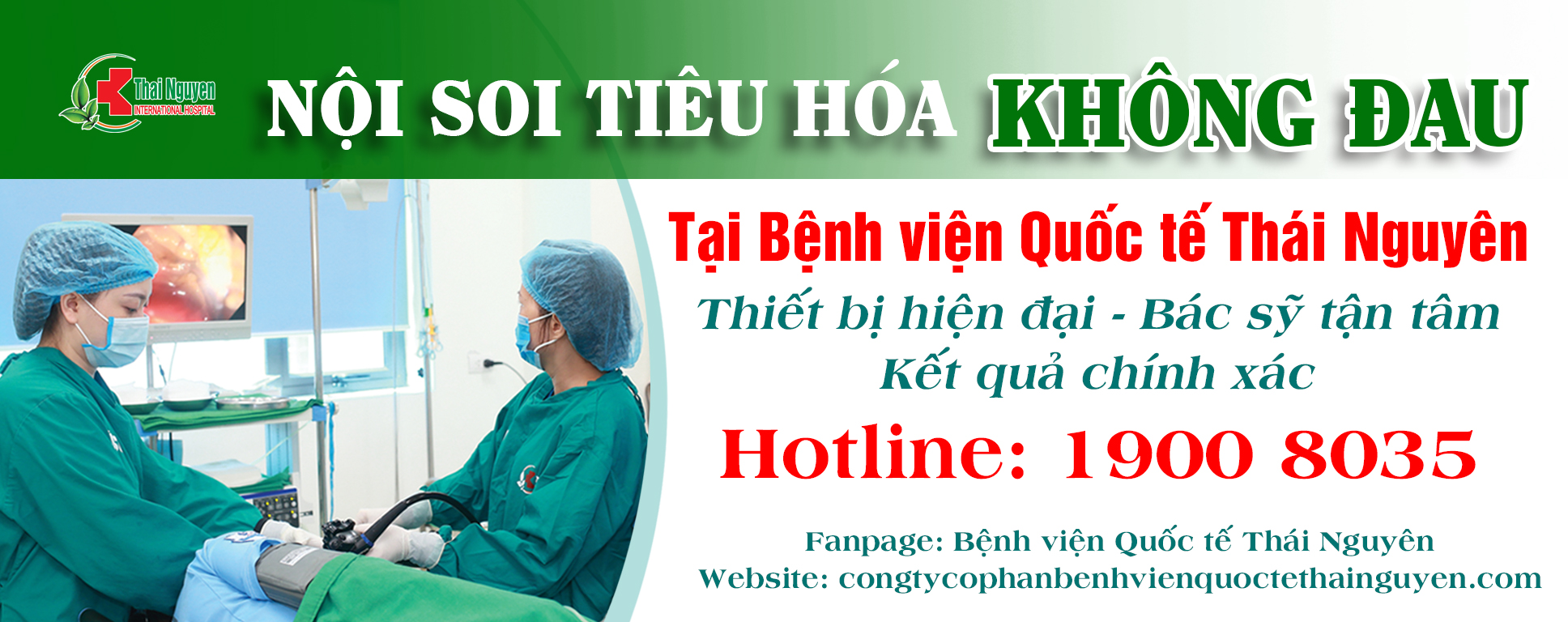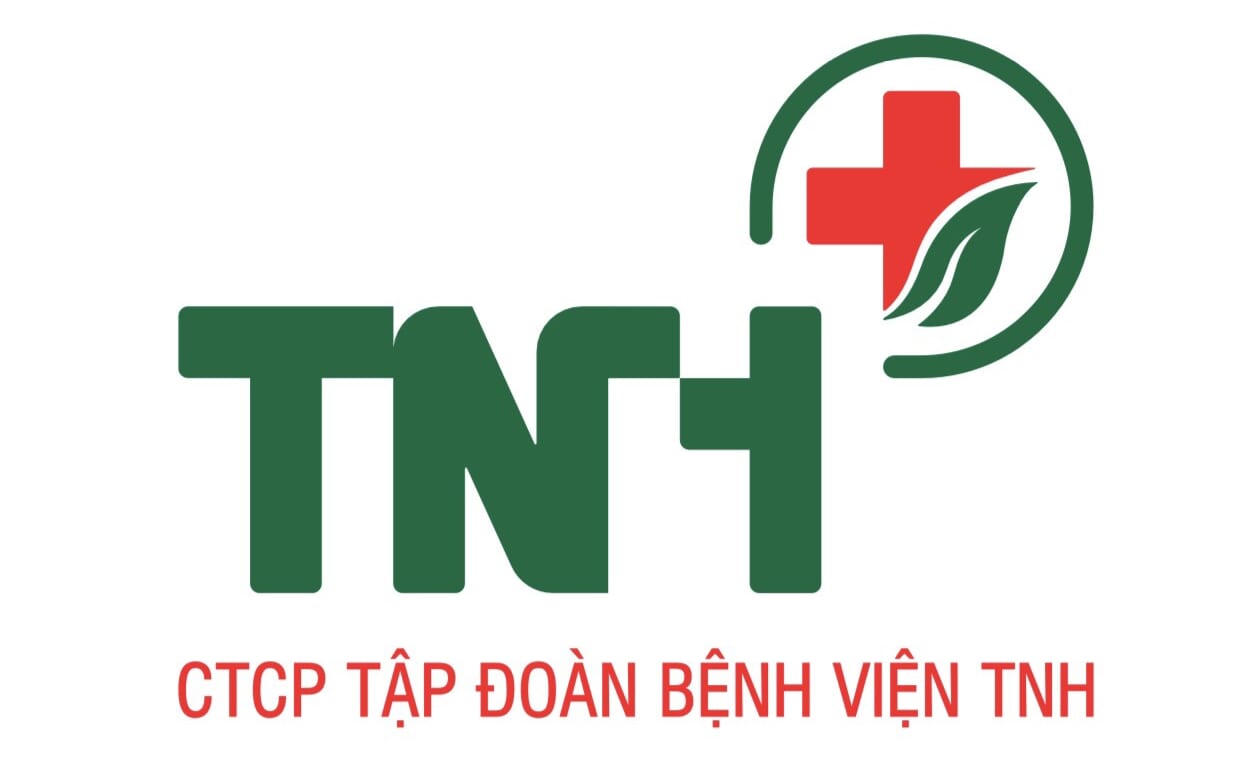Customer Care
Emergency
Customer Care
Emergency

PAINLESS GASTROTESTINAL ENDOSCOPY AND THINGS TO KNOW.
The article was consulted by Specialist doctor Pham Trung Kien – Head of Functional Exploration Department, Thai Nguyen International Hospital.
Painless gastrointestinal endoscopy is an endoscopic technique that is performed while the patient is sedated. The technique is performed in a short time, the patient is comfortable and there is no pain, vomiting or any danger.
Gastrointestinal endoscopy is a method of direct examination of the digestive system. To perform this technique, doctors insert a flexible endoscope with a camera on it to look into the patient’s digestive tract. The endoscope will be inserted either from the nose/throat (upper gastrointestinal endoscopy) or through the anus (lower gastrointestinal endoscopy). From there, the doctors will observe the lesions on the surface of the digestive tract such as: esophagus, stomach, duodenum, and colon.
This method helps doctors to diagnose most of the lesions and diseases on the digestive tract such as: inflammation, ulcers, damage of blood vessels, more seriously is cancer… If there are any abnormal signs, a biopsy may be performed to determine if cancer cells are present. In addition, interventional procedures such as: removing foreign body, cutting polyps, hemostasis of ulcers, sclerotherapy, dilatation, endoscopic ligation of esophageal varices… are more convenient and safe. This is also an early and effective method of diagnosing digestive cancer.
Normal Gastrointestinal endoscopy: Patients usually will not be anesthetized or only receive local anesthesia, so they may experience discomfort and nausea.
Painless Gastrointestinal endoscopy: Patients was endoscopically after total intravenous anesthesia. With this method, the endoscopy process will take place like a nap for about 15 to 20 minutes, the patient will not feel any pain or discomfort. Patients could then take a rest until fully awake.
– To perform a painless endoscopy, the doctor will insert the endoscope through the nasopharynx or anus after the patient has been anesthetized.
– The anesthetic process usually takes place in a short time, the patient can wake up immediately after the end of the endoscopy. The patient feels comfortable, even without any discomfort during the procedure, completely painless, no stimulation. Minimizing strokes and complications during endoscopy.
– The birth of endoscopic anesthesia method is considered as a breakthrough in the field of gastrointestinal endoscopy. It not only helps patients to eliminate the fear during endoscopy but also aids doctors and nurses in easily manipulating to have quick and effective implementation.
– Easy to accurately detect foreign bodies or the smallest abnormalities in the lining of the stomach and colon, including the smallest lesions in locations which are most difficult to find. Based on that, the doctor will diagnose pathology, perform biopsies when cancer is suspected, take samples to test for HP bacteria… in just one endoscopy.
– The endoscopic anesthetic method is considered safe and has few complications. The type of sedative in anesthesia is injected intravenously with a carefully calculated dose, the amount of anesthetic is small, the anesthetic time is short, so there is no harm to health.
* Before endoscopy:
– Patients must fast before the endoscopy for at least 6 to 8 hours to avoid choking on food and ensure the observation and assessment of lesions during the endoscopy.
– Avoid eating foods with a lot of fiber, you can eat porridge, soup before the day of endoscopy.
– Do not drink colored water, milk, contrast agents… before endoscopy.
– When going for endoscopy, you should have a relative to accompany you.
– Inform your doctor about any recent medications or history of allergies to medications.
* After endoscopy:
– After endoscopy, the patient does not self-drive home.
– Patients should eat soft food or drink cold milk. Avoid eating hot spicy foods.
– Swish and gargle with dilute salt water, do not spit.
– Gastrointestinal endoscopy is a technique performed routinely at Thai Nguyen International Hospital.
– Our hospital is equipped with a modern endoscope system, which not only gives accurate and detailed results with high resolution to help clearly identify the lesions, magnify the lesions many times, but also help detect, diagnose and treat by endoscopic submucosal dissection (ESD) of gastrointestinal cancer at early or very early stage, when only a few small abnormal cells appear, localized on the surface of the digestive tract.
– People with cancer at this stage only need to undergo flexible endoscopy, combined with interventional treatment to remove the damaged digestive tract mucosa to completely cure the disease. Good treatment effect, long post-treatment survival time with good quality of life, minimizing the risk of recurrence, reducing financial burden, shortening inpatient treatment time. Patients absolutely do not need to be treated with other methods such as chemotherapy, radiotherapy …
– Reasonable endoscopy costs help customers save maximum.
– Commitment to secure customer’s information.
– Professional customer care, consulting support during the entire examination period.
– Simple, fast, open and transparent payment procedures.
– Easily searching and booking via:
Hotline: 19008035
Fanpage: Bệnh viện Quốc tế Thái Nguyên
Website: congtycophanbenhvienquoctethainguyen.com






